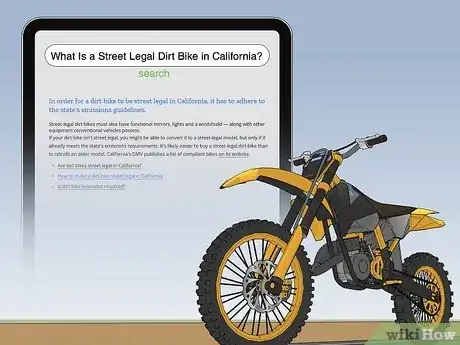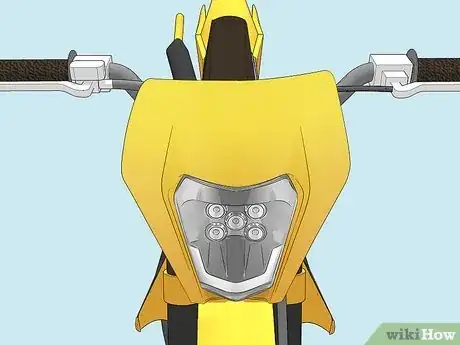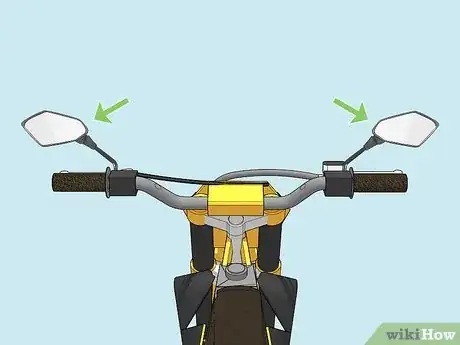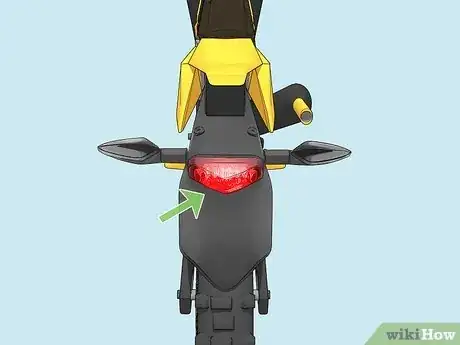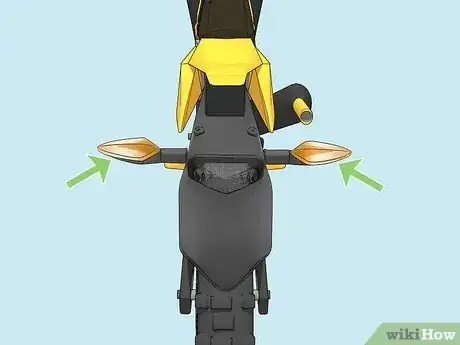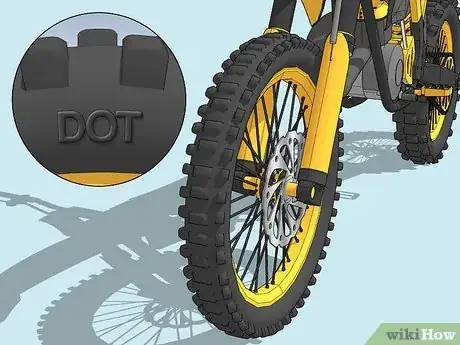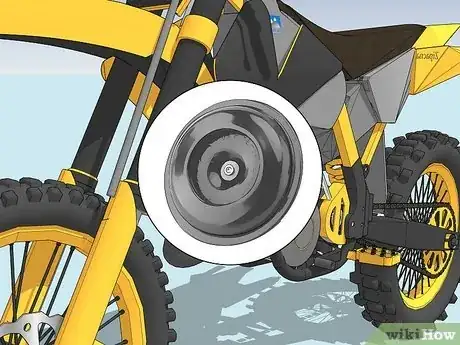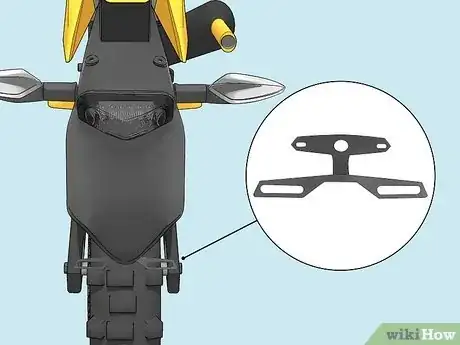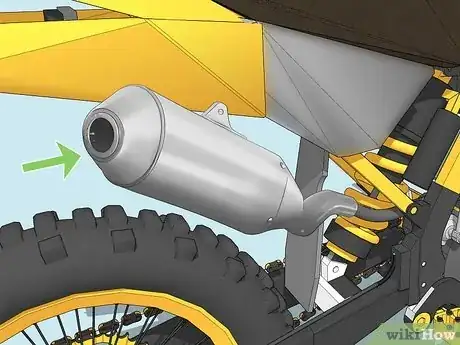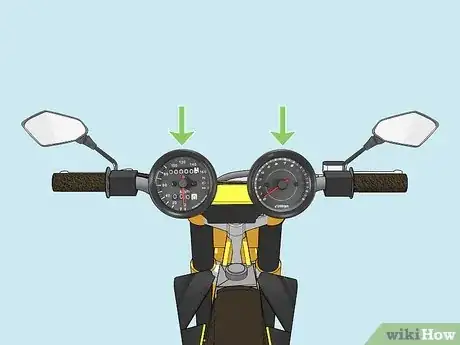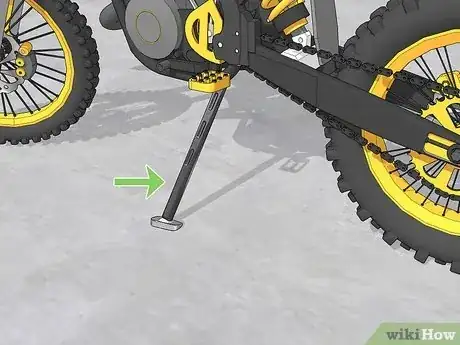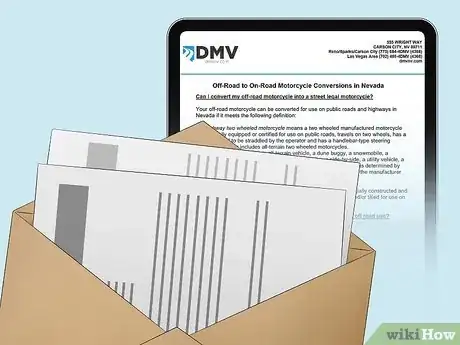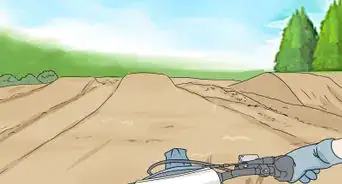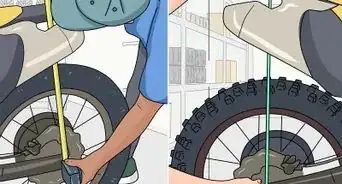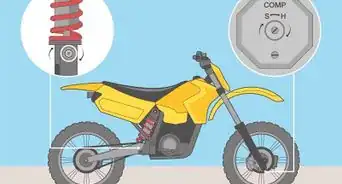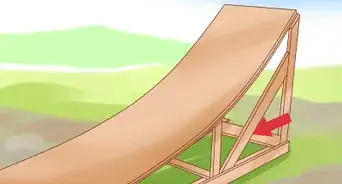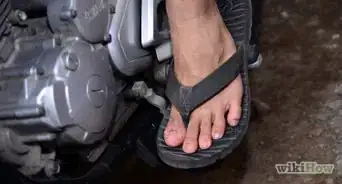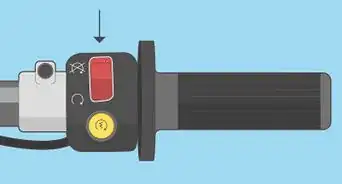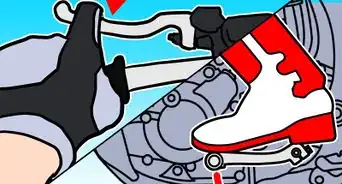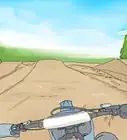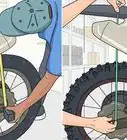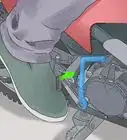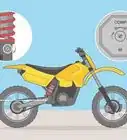This article was co-authored by wikiHow staff writer, Amber Crain. Amber Crain has been a member of wikiHow’s writing staff for the last six years. She graduated from the University of Houston where she majored in Classical Studies and minored in Painting. Before coming to wikiHow, she worked in a variety of industries including marketing, education, and music journalism. She's been a radio DJ for 10+ years and currently DJs a biweekly music program on the award-winning internet radio station DKFM. Her work at wikiHow supports her lifelong passion for learning and her belief that knowledge belongs to anyone who desires to seek it.
Learn more...
If you dream of cruising the highway on your dirt bike, you can make some simple mechanical upgrades so the bike is safe (and legal) for street use. So, what are the requirements and where do you begin? In this article, we'll explain the federal and state laws about dirt bikes, walk you through the required upgrades, and prepare you for what to expect at the DMV. If you're ready to hit the road, read on!
Things You Should Know
- Check the Department of Transportation (DOT) requirements and your state's DMV laws for street-legal bikes to find out what changes you need to make.
- All states require street-legal bikes to have DOT-compliant headlights, mirrors, tail lights, brake lights, DOT-compliant turn signals, and DOT-certified tires.
- Most states require street-legal bikes to have license plate brackets, EPA-approved mufflers, and horns. Practical modifications include a kickstand and odometer.
- Take the required paperwork to your local DMV to get approval and register your dirt bike for street use.
Steps
References
- ↑ https://autowise.com/street-legal-dirt-bike-guide/
- ↑ https://www.azgfd.com/ohv/faqs/#8
- ↑ https://autowise.com/street-legal-dirt-bike-guide/
- ↑ https://staythetrail.org/how-to-make-a-dirt-bike-street-legal-in-colorado/
- ↑ https://autowise.com/street-legal-dirt-bike-guide/
- ↑ https://staythetrail.org/how-to-make-a-dirt-bike-street-legal-in-colorado/
- ↑ https://autowise.com/street-legal-dirt-bike-guide/
- ↑ https://autowise.com/street-legal-dirt-bike-guide/
- ↑ https://autowise.com/street-legal-dirt-bike-guide/
- ↑ https://staythetrail.org/how-to-make-a-dirt-bike-street-legal-in-colorado/
- ↑ https://www.motorcyclelegalfoundation.com/what-does-a-dirt-bike-need-to-be-street-legal/
- ↑ https://autowise.com/street-legal-dirt-bike-guide/
- ↑ https://autowise.com/street-legal-dirt-bike-guide/
- ↑ https://www.motorcyclelegalfoundation.com/what-does-a-dirt-bike-need-to-be-street-legal/
- ↑ https://staythetrail.org/how-to-make-a-dirt-bike-street-legal-in-colorado/
